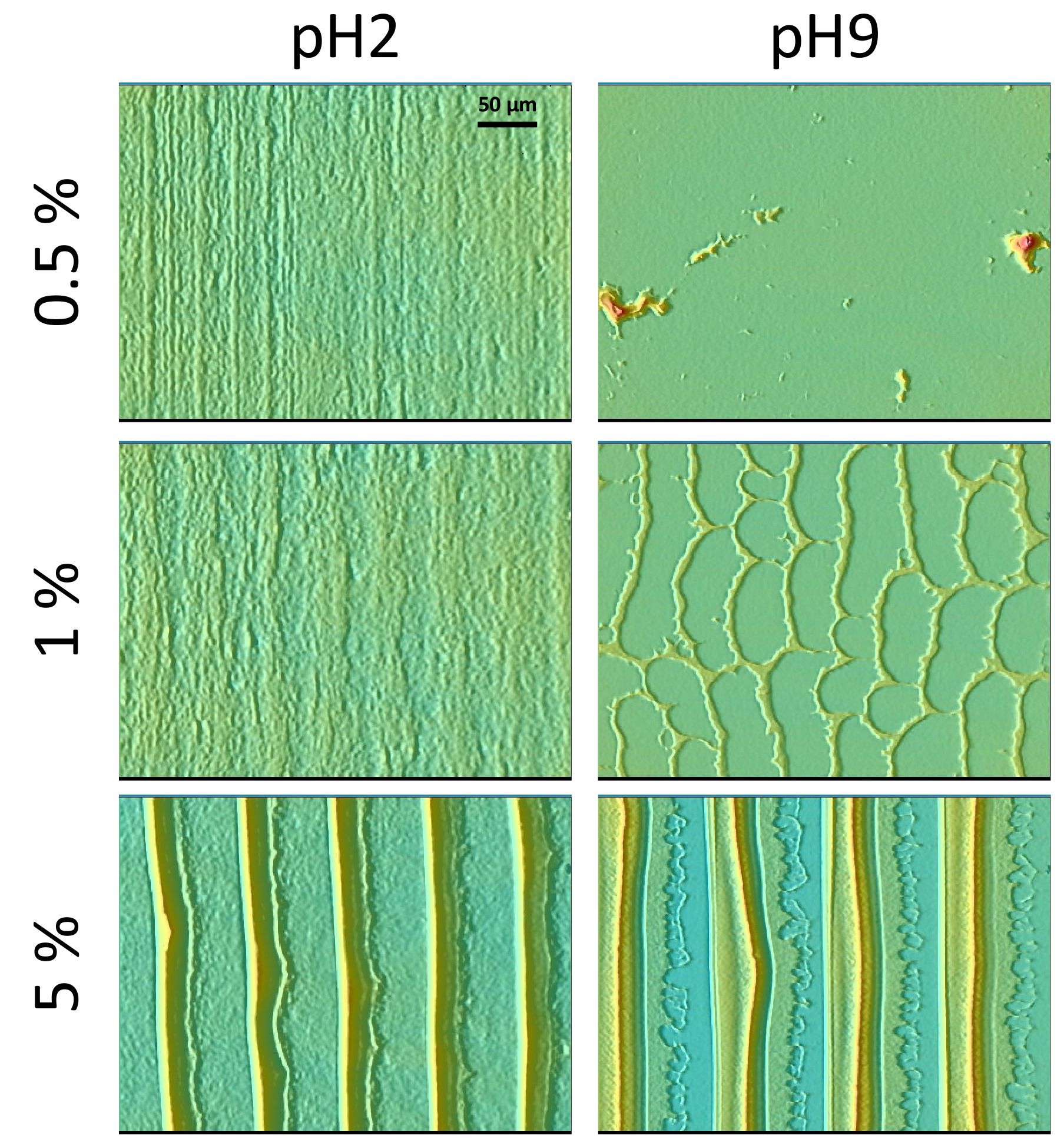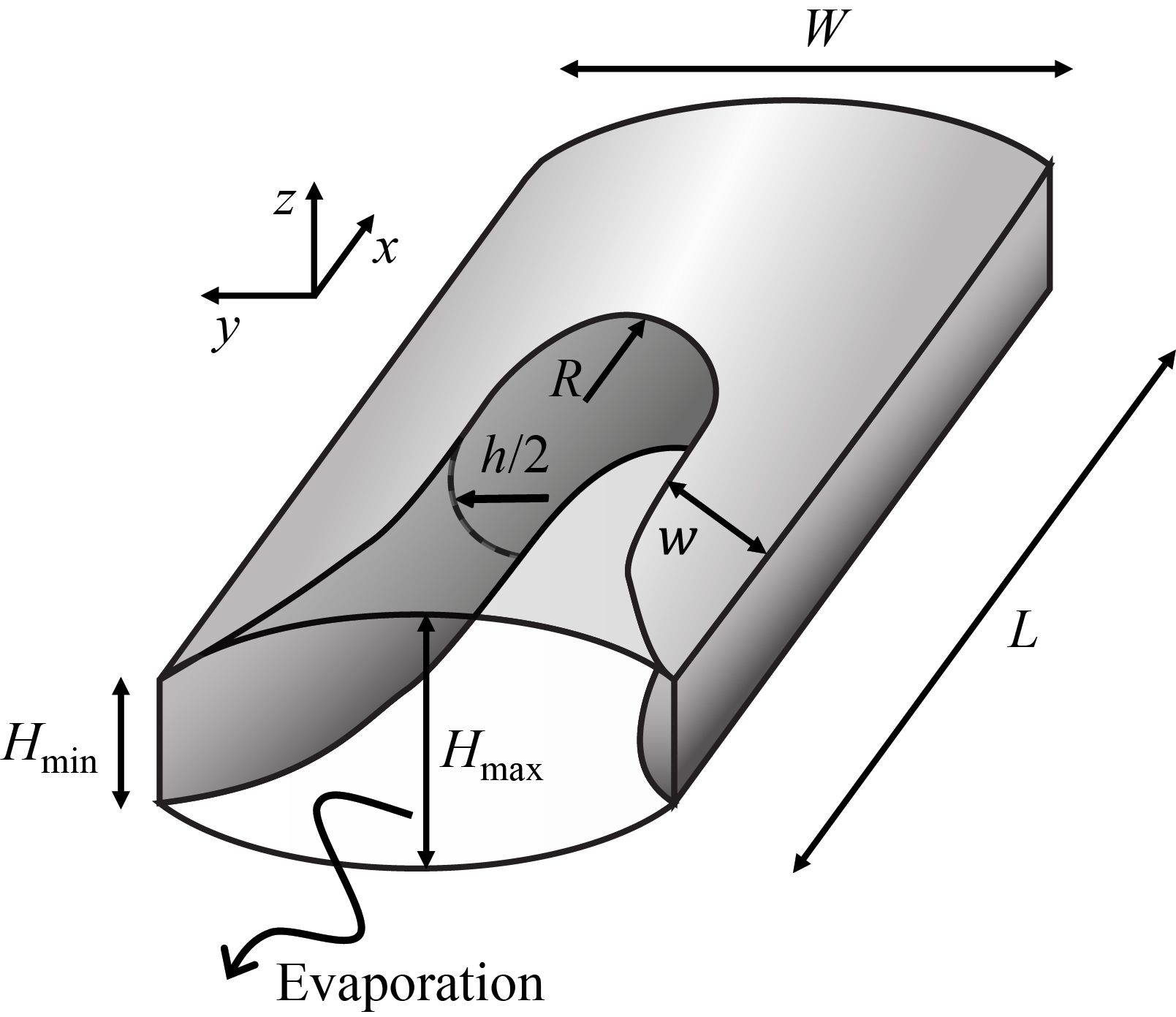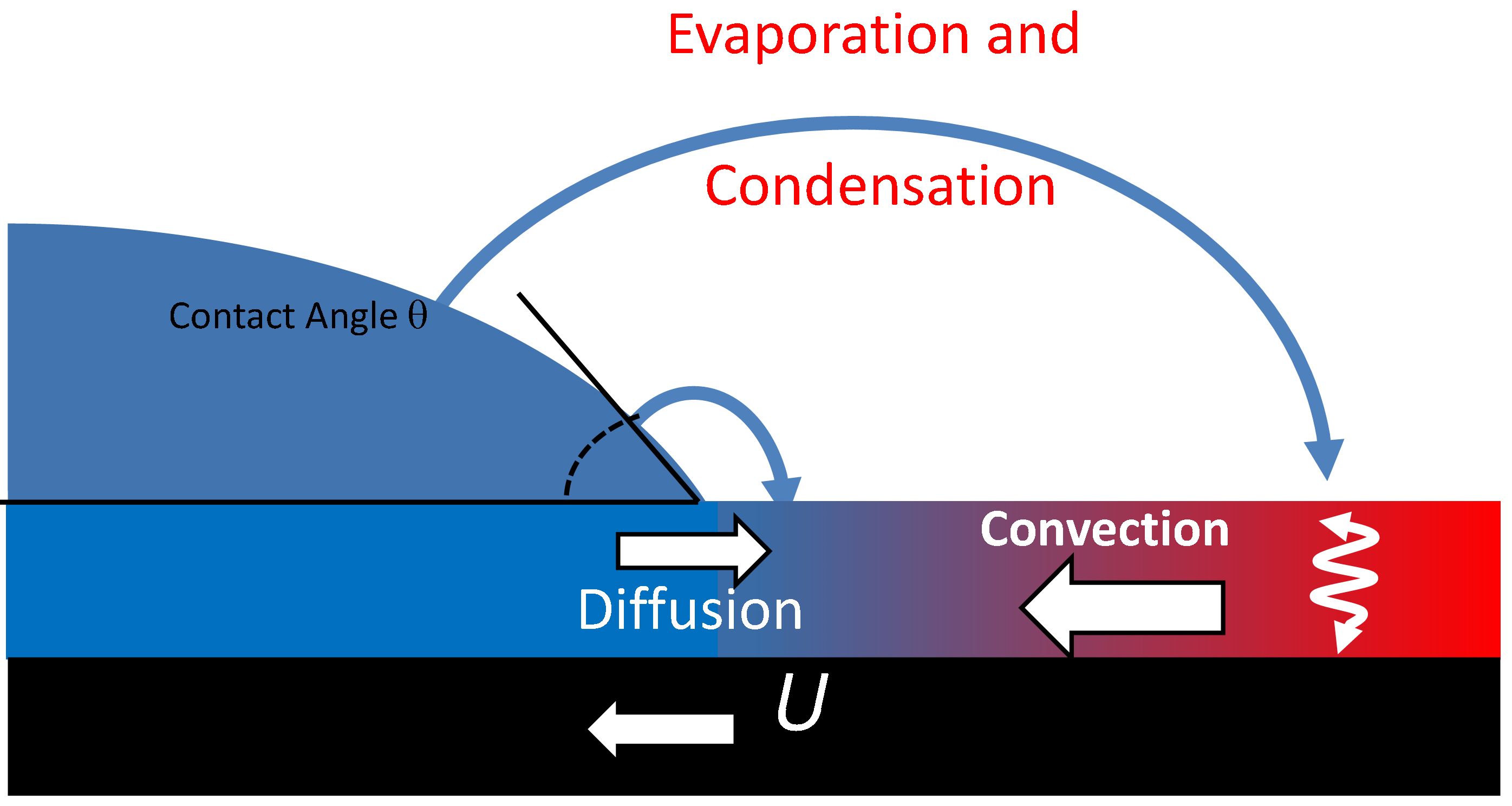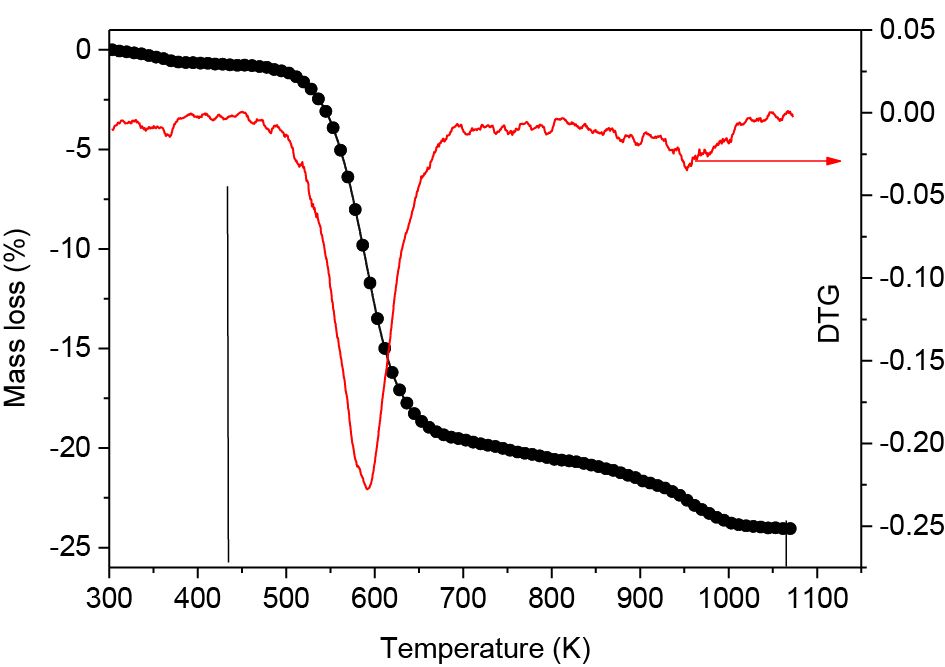News
EPJ Quantum Technology Review - Macroscopic Quantum Resonators (MAQRO): 2015 update
- Details
- Published on 04 April 2016

Do the laws of quantum physics still hold for macroscopic objects - this is at the heart of Schrödinger’s cat paradox - or do gravitation or yet unknown effects set a limit for massive particles? What is the fundamental relation between quantum physics and gravity? Ground-based experiments addressing these questions may soon face limitations due to limited free-fall times and the quality of vacuum and microgravity. The proposed mission Macroscopic Quantum Resonators (MAQRO) may overcome these limitations and allow researchers to address such fundamental questions. MAQRO harnesses recent developments in quantum optomechanics, high-mass matter-wave interferometry as well as state-of-the-art space technology to push macroscopic quantum experiments towards their ultimate performance limits and to open new horizons for applying quantum technology in space. The main scientific goal is to probe the vastly unexplored ‘quantum-classical’ transition for increasingly massive objects, testing the predictions of quantum theory for objects in a size and mass regime unachievable in ground-based experiments. The hardware will largely be based on available space technology.
In this review article, the authors present the MAQRO proposal submitted in response to the ESA's 4th Cosmic Vision call for a medium-sized mission (M4) with a possible launch in 2025, and review the progress with respect to the original MAQRO proposal made in 2010. In particular, the updated proposal overcomes several critical issues of the original proposal by relying on established experimental techniques from high-mass matter-wave interferometry and by introducing novel ideas for particle loading and manipulation. Moreover, the mission design was improved to better fulfil the stringent environmental requirements for macroscopic quantum experiments.
EPJ E News: Pawel Pieranski honored with the Prix Félix Robin 2015
- Details
- Published on 24 March 2016

We congratulate Professor Pawel Pieranski of the Laboratoire de Physique des Solides, Université Paris-Sud, who has been awarded the Prix Félix Robin* 2015 by the French Physical Society.
Today, 24 April, Pieranski will receive the prize from the president of the French CNRS Alain Fuchs during the award ceremony that will take place at the Palais de la Découverte in Paris. During the event Pieranski will give a presentation entitled “La beauté universelle des cristaux liquides” that will bring into focus the peculiarities of liquid crystals and how these materials challenge our understanding of the states of matter.
Pieranski is a long standing contributor to EPJ, especially EPJ E. His EPJ papers can be found here.
*The Prix Félix Robin 2015 is one of the 6 grand awards of the Société Française de Physique and the one with the longest tradition - it was instituted in 1922.
EPJ B Highlight - Electronic counterpart to ecological models revealed
- Details
- Published on 23 March 2016

Peering into the future of populations with the help of complex networks of predictive maps
Predicting the future from the present - that’s what logistic maps can do. For example, they can be used to predict the evolution of a population in the near future based on its present situation. They are relevant when studing systems such as entire populations, where the behaviour of the separate units - which have the ability to self-organise - cannot explain the behaviour of the system as a whole. Alexandre L'Her from the University of the Republic, Montevideo, Uruguay, and colleagues have now developed an electronic version of a logistic map that is capable of interacting with many other maps, making the model scalable. As a benchmark to explain new emerging behaviours of entire complex systems, they have studied networks of logistic maps coupled together at various levels. Their findings were recently published in EPJ B and make it possible to more easily compare previous computer simulations with experimental results obtained using this state-of-the art electronic model.
EPJ H Highlight - Timeless thoughts on the definition of time
- Details
- Published on 22 March 2016

On the evolution of how we have defined time, time interval and frequency since antiquity
The earliest definitions of time and time-interval quantities were based on observed astronomical phenomena, such as apparent solar or lunar time, and as such, time as measured by clocks, and frequency, as measured by devices were derived quantities. In contrast, time is now based on the properties of atoms, making time and time intervals themselves derived quantities. Today’s definition of time uses a combination of atomic and astronomical time. However, their connection could be modified in the future to reconcile the divergence between the astronomic and atomic definitions. These are some of the observations made by Judah Levine, author of a riveting paper just published in EPJ H, which provides unprecedented insights into the nature of time and its historical evolution.
EPJ C: New Editor-in-Chief for Experimental Physics II: Astroparticle Physics
- Details
- Published on 22 March 2016

The publishers of The European Physical Journal C – Particles and Fields are pleased to announce the appointment of Professor Laura Baudis as new Editor-in-Chief. This follows the splitting of the experimental section into Experimental Physics I: Accelerator Based High-Energy Physics, now led by Jos Engelen, and Experimental Physics II: Astroparticle Physics, now led by Laura Baudis.
Laura Baudis is a Professor at the University of Zurich. Her research interests are in astroparticle physics and cosmology, in particular in the fields of direct dark matter detection and neutrino physics.
EPJ AP Review - Imaging, single atom contact and single atom manipulations at low temperature
- Details
- Published on 11 March 2016

The new ScientaOmicron LT-UHV scanning tunneling microscope is installed at Pico-Lab CEMES-CNRS (Toulouse) with its 4 STM scanners performing on the same surface. At 4.3 K, we report state-of-the-art STM experiments on Au(111) usually performed on the most stable single tip LT-UHV scanning tunneling microscopes.
Operating the 4 scanners independently or in parallel with an inter tip apex distance lower than 100 nm, the ΔZ stability is better than 2 pm per STM. Single Au atom manipulations were performed on Au(111) recording the pulling, sliding or pushing signal. When contacting one Au ad-atom, a jump to contact leads to a perfect linear low voltage I-V characteristics with no averaging. Two tips surface conductance measurements were also performed with one lock-in and in a floating sample mode to capture the Au(111) surface states via two STM tips dI/dV characteristics. This new instrument is exactly 4 times as precise as a single tip LT-UHV STM.
EPJ E Highlight - New insights into the evaporation patterns of coffee stains
- Details
- Published on 03 March 2016

New factors influencing particle deposition via solvent evaporation and relevant to microchips manufacturing have now been elucidated
Few of us pay attention to the minutiae of coffee stains’ deposition patterns. However, physicists have previously explained the increased deposition of ground coffee particles near the edge of an evaporating droplet of liquid. They attributed it to the collective dynamics of ground coffee grains as the liquid evaporates along the contact line between the liquid coffee and the table. This kind of dynamics also governs microchip production, when particles are deposited on a substrate by means of solvent evaporation. However, until recently, explanations of how such evaporation patterns are formed did not account for the effect of the mutual interactions between electrically charged particles. Now, Diego Noguera-Marín from the University of Granada, Spain, and colleagues have found that particle deposition may be controlled by the interplay between the evaporation of the solvent via convection and the previously identified collective diffusion of suspension nanoparticles. These findings appear as part of an EPJ E topical issue, entitled Wetting and Drying: Physics and Pattern Formation.
EPJ E Highlight - How to make porous materials dry faster
- Details
- Published on 02 March 2016

Physicists show that the shape of the air-water interface, when linked to capillarity, influences water retention or evaporation
Water in, water out: such is the cycle of porous material. In some cases, like with soils, it is preferable to keep water in. In others, it makes better economic and ecological sense to have porous materials dry faster, e.g. in the paper industries or with plasterboard manufacturing. Modeling how porous material retains water or dries up can be resolved by narrowing the focus down to a single porous channel; now, a team of physicists has uncovered subtle underlying effects. These include the local shape of the air and water interface, which, in turn, is influenced by the actual shape of the capillaries. Emmanuel Keita, a physicist from Paris-Est University, France, who is also affiliated with Harvard University, Massachusetts, USA, and colleagues have just published these results in EPJ E.
EPJ E Highlight - When liquids get up close and personal with powders
- Details
- Published on 01 March 2016

Scientists leave no stone unturned when studying how a liquid wets a powder
Every cook knows that dissolving powder into a liquid, such as semolina in milk or polenta in water, often creates lumps. What they most likely don’t know is that physicists spend a lot of time attempting to understand what happens in those lumps. In a review paper published in EPJ E, scientists from the École Supérieure de Physique et de Chimie Industrielles de la Ville de Paris (ESPCI), France, share their insights following ten years of research into the wetting of soluble polymer substrates by droplets of solvents like water.
EPJ Plus Highlight - Scrutinising the tip of molecular probes
- Details
- Published on 28 February 2016

Nature of interaction of probe molecules on the surface of oxide particles elucidated
Studies of molecules confined to nano- or micropores are of considerable interest to physicists. That’s because they can manipulate or stabilise molecules in unstable states or obtain new materials with special properties. In a new study published in EPJ Plus, Stefan Frunza from the National Institute of Materials Physics in Romania and colleagues have discovered the properties of the surface layer in probe molecules on the surface of oxide particles. These properties depend on the interaction at the interface. In this particular study, probes are formed by adsorption of rod-like cyanophenyl derivates on the surface of oxide particles. The authors found that their surface layers behave like glass-forming liquids.




